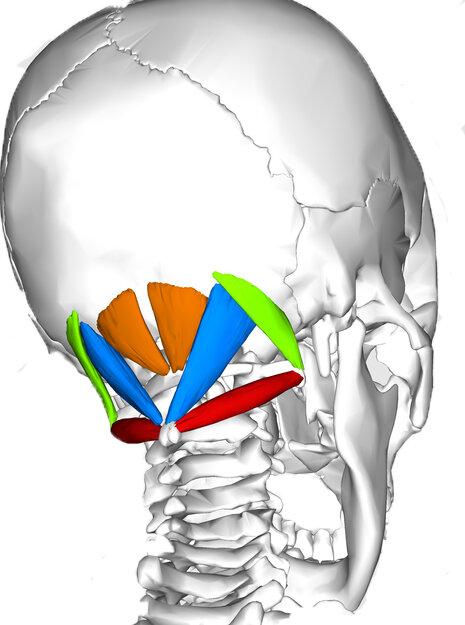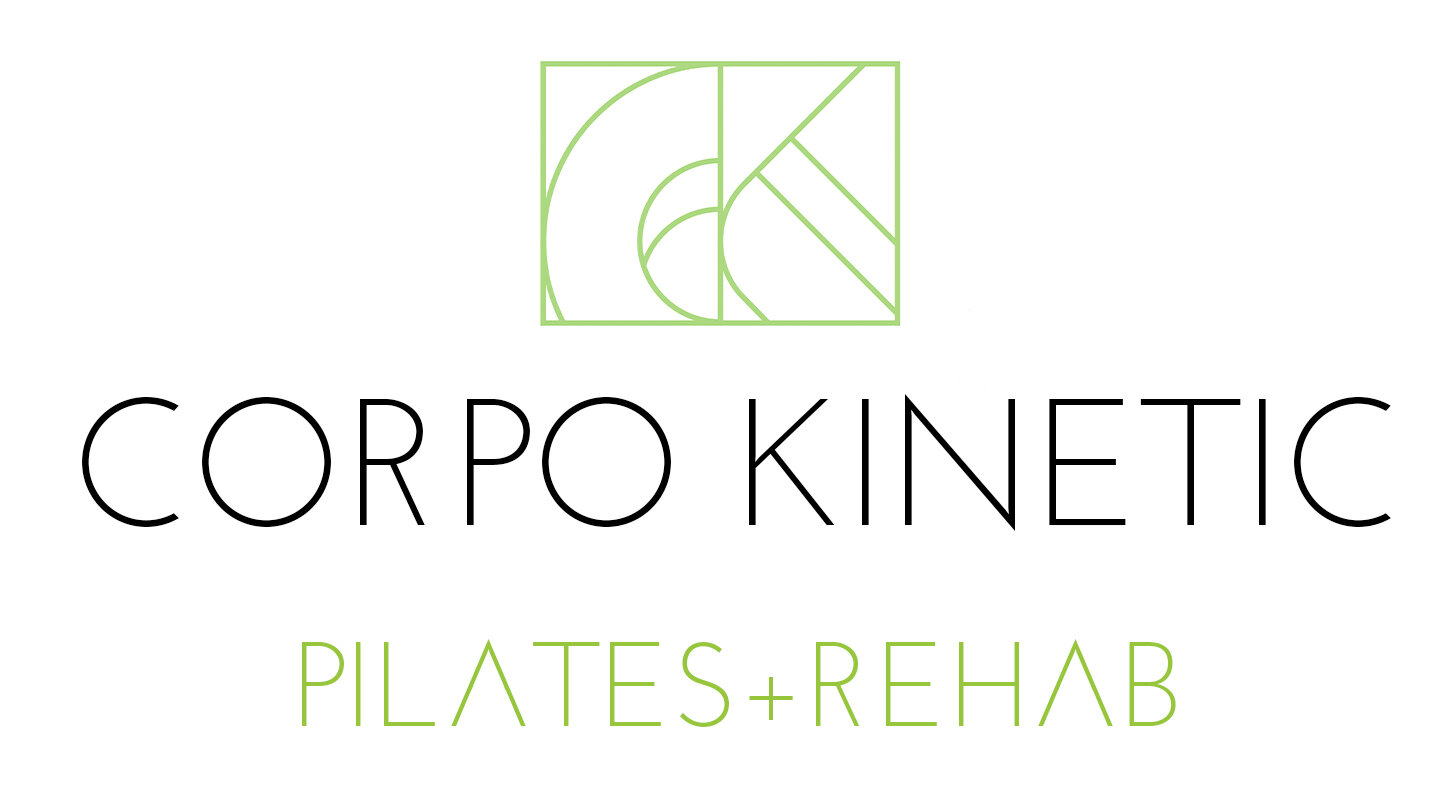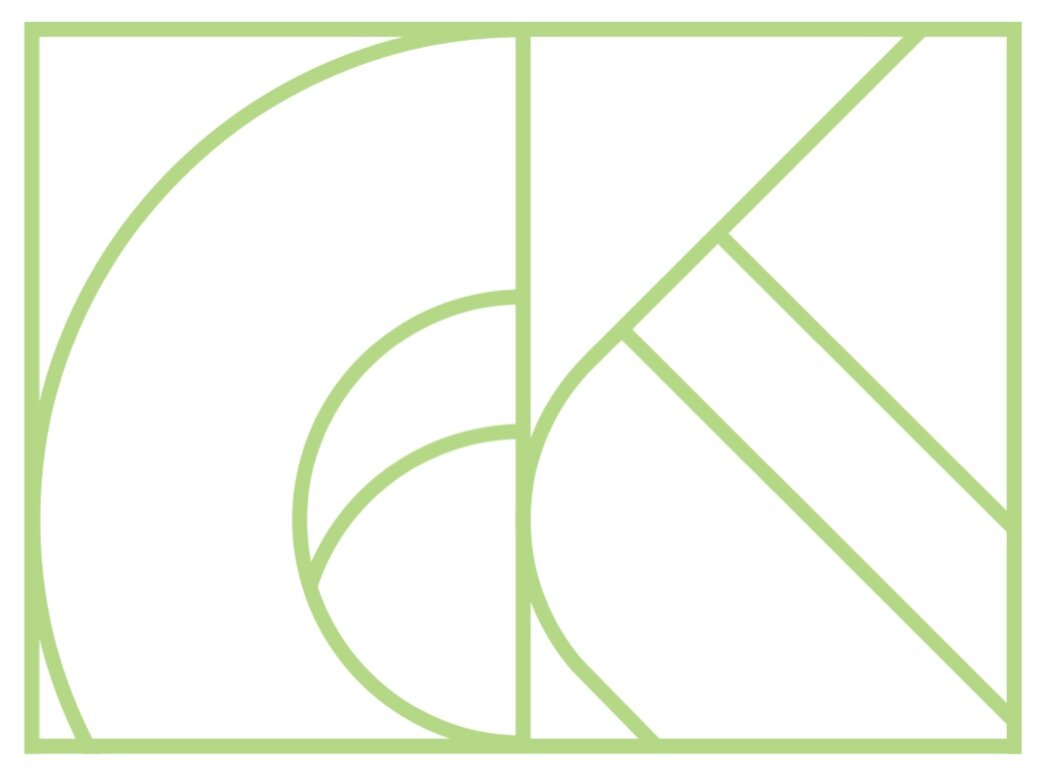
Blog

Common Cues Explained Pt II
There’s some common lingo you’ll hear in Pilates classes, which we began to cover in our previous blog, Common Cues Explained Pt I. In this blog we’ll discuss and deepen our understanding of more of these common cues.

Common Pilates Cues Explained
There’s some common lingo you’ll hear in Pilates classes. Regardless of whether your next class is your first or hundredth, let’s deepen our practice by reviewing some fundamental Pilates cues together.

Planks, Planks, Planks
Planks are a truly great exercise. In fact, research has shown that planks are one of the best exercises for training spinal stability. Who doesn’t want to feel more stable in their lives? Join us for some planks!
However, since planks are very challenging exercises, there are some pretty common places where we see clients experiencing difficulty maintaining their optimal alignment. Without proper alignment, we, at best, don’t get the most out of our exercise and, at worst, risk injury.
To get the most out of your workout, and to protect yourself from possible injury, let’s review these common misalignments and how to address them.

Anatomy Moment: The Suboccipital Muscles
The suboccipital muscles are a group of eight tiny muscles - four on the right, four on the left - that attach the skull to the first and second vertebrae in the neck. Anatomical terms can give us a host of information about muscle shape or location, and, in some cases, function. Let’s explore what the suboccipital muscle names tells us…

Your Neck Has a “Core” Too! What is the Longus Colli?
In this month’s blog we’ll dive deeper into the neck & cervical spine: what optimal alignment looks like, what happens when we come out of alignment, and how to realign and strengthen the neck.
Our neck is responsible for moving our head around for us to see and interact with the world. It also serves the vital function of protecting our throat, windpipe, and the blood vessels that supply the brain. If you think about all the super important jobs our neck does, no wonder it occasionally feels tired! It, like the rest of our body, needs a strong core of support.

